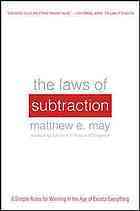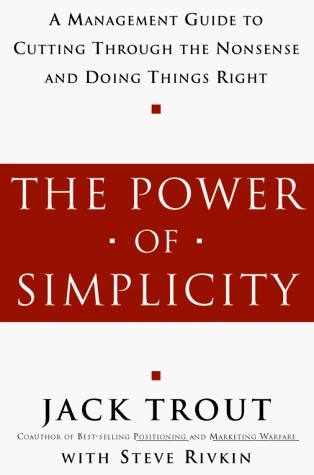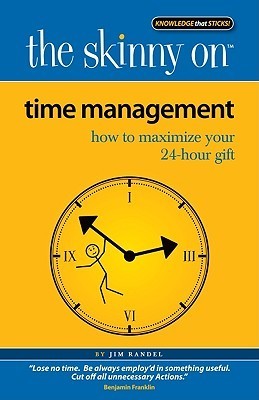
The Laws of Subtraction: 6 Simple Rules for Winning in the Age of Excess Everything
Book Description
In a world drowning in excess, where complexity reigns supreme, the greatest power lies in the art of subtraction. “The Laws of Subtraction” unveils six transformative rules that challenge conventional thinking, empowering individuals and organizations to cut through the chaos. With gripping insights and real-world examples, it illustrates how removing unnecessary layers can lead to clarity, creativity, and remarkable success. The journey through simplicity uncovers the hidden potential of focus and intention, leaving you to ponder: what could you achieve if you dared to subtract rather than add?
Quick Book Summary
"The Laws of Subtraction" by Matthew E. May examines how simplicity, rather than complexity or excess, creates value in today’s information-overloaded world. May argues that effective leadership, productivity, and innovation hinge on the discipline to subtract—removing the unnecessary to clarify focus, ignite creativity, and improve results. Drawing from fields such as business, design, and technology, the book introduces six fundamental laws for practicing subtraction in work and life. Real-world examples, from Apple’s minimalist design strategy to leadership techniques that emphasize less intervention, illustrate the transformative power of reduction. Ultimately, the book shows that challenging the urge to add and complicate allows individuals and organizations to discover new opportunities for success, efficiency, and meaning by doing less but achieving more.
Summary of Key Ideas
Table of Contents
Embracing Simplicity in a Complex World
Matthew E. May begins by highlighting the problem of excess and complexity in contemporary life and business. With an abundance of information, options, and distractions, individuals and organizations often believe that adding more features, rules, or resources will improve results. May contests this assumption, proposing that real breakthroughs occur when we embrace simplicity, cutting away the nonessential to reveal what is truly valuable. He sets the stage for the six laws of subtraction that guide readers toward clarity and better decision-making in an overwhelming environment.
The Discipline of Eliminating the Unnecessary
A core theme is the disciplined practice of eliminating the unnecessary. May emphasizes that subtraction is far from passive or easy. It requires careful judgment to identify what can be removed without compromising quality or outcomes. The book examines examples like design minimalism in technology, where fewer but better features lead to superior products, and how leaders clarify vision by focusing teams on essential goals. Subtractive thinking demands courage and a willingness to challenge the status quo, but the rewards are greater engagement, sharper focus, and lasting innovation.
Unlocking Creativity Through Constraints
The book illustrates how restrictions and limits—rather than abundance—fuel creativity. May recounts scenarios where innovators succeeded not because they had more resources, but because they faced constraints that forced inventive thinking. Artists, engineers, and entrepreneurs often produce their best work when necessity drives them to find elegance in simplicity. The strategic use of constraints clarifies priorities and inspires imaginative problem-solving, demonstrating that less truly can be more when it comes to generating meaningful ideas and solutions.
Leading and Communicating with Less
Leadership and communication benefit profoundly from subtractive methods. May advises leaders to intervene less, giving people room to act autonomously and develop their strengths. In meetings and presentations, brevity and clarity ensure messages stick, in contrast to overwhelming audiences with details. The discipline to say and do less—purposefully—amplifies the essential, fosters trust, and drives action. When complexity is minimized, organizational energy is directed exactly where it matters, boosting effectiveness and satisfaction.
Focusing on What Truly Matters
May concludes by urging readers to continually ask what is essential, then remove anything that does not serve that core purpose. The laws of subtraction are not about deprivation, but deliberate focus on what truly matters. This mindset shift is essential in the "age of excess everything," enabling individuals and organizations to achieve greater clarity, innovation, and fulfillment. Through real-world case studies and actionable frameworks, May empowers readers to apply the art of subtraction, achieving extraordinary results by strategically doing less.
Download This Summary
Get a free PDF of this summary instantly — no email required.





